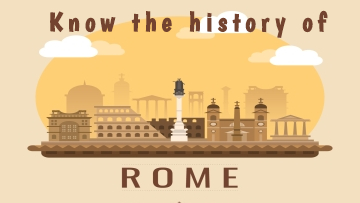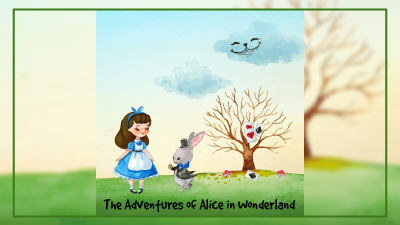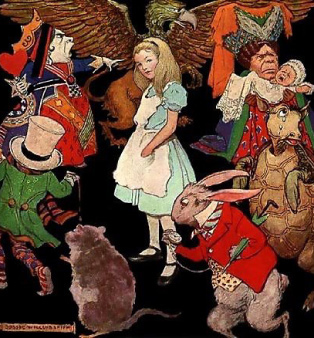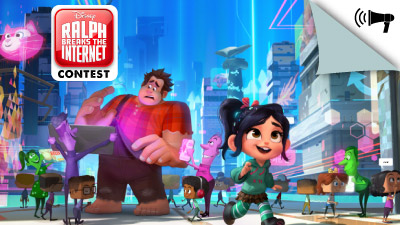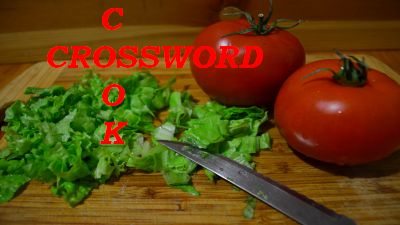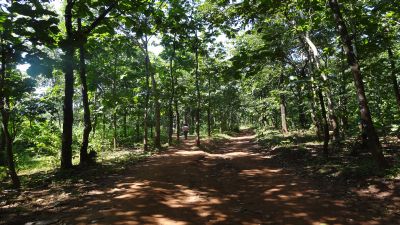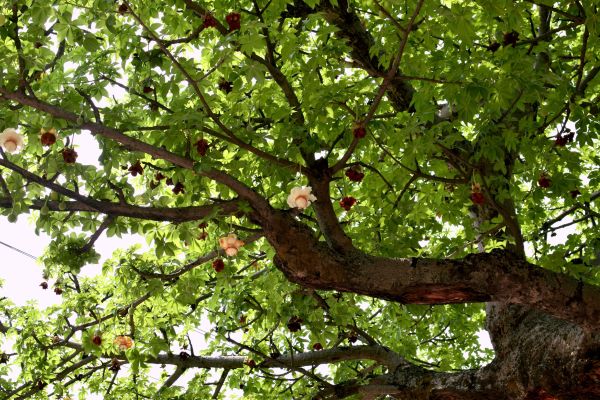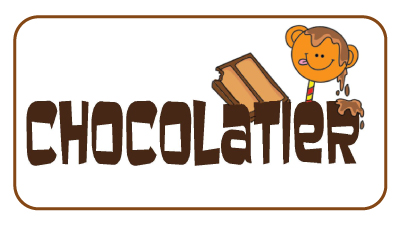The Roman Empire was among the most powerful economic, cultural, political and military forces in the world of its time. It was one of the largest empires in world history. It’s influence was so great, that even today its precepts continue to be followed in Europe.
Here are some jumbled images of monuments in Rome. Can you unravel them? Pick a difficulty level under ‘Shuffle’, choose the size of the ‘Grid’, and get going!
The Roman Empire
In 45 BC Julius Caesar took over the Roman Republic and made himself the supreme dictator. This was the end of the Republic. Then, in 27 BC, Caesar Augustus became the first Roman Emperor establishing the Roman Empire. The Roman Forum is a rectangular forum surrounded by the ruins of several important ancient government buildings at the center of the city of Rome.
The Colosseum
It is a giant amphitheater in the center of Rome, Italy. The construction on the Colosseum was started in 72 AD by Emperor Vespasian. It was completed eight years later. It could seat 50,000 people and covers around six acres, is 620 feet long, 512 feet wide, and 158 feet tall. It took more than 1.1 million tons of concrete, stone, and bricks to complete the structure.
Roman Baths
Every Roman city had a public bath where people came to bathe and socialise. The public bath was something like a community center where people worked out, relaxed, and met friends. The main purpose of the baths was a way for the Romans to clean themselves. Most Romans living in the city tried to get to the baths at least once a day.
The baths were also a place for socialising. Sometimes men would hold business meetings or discuss politics.
